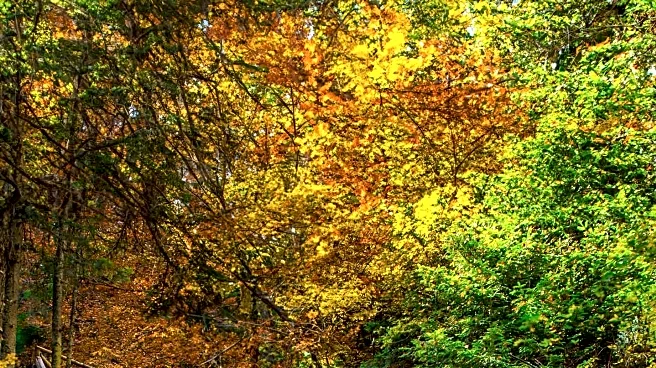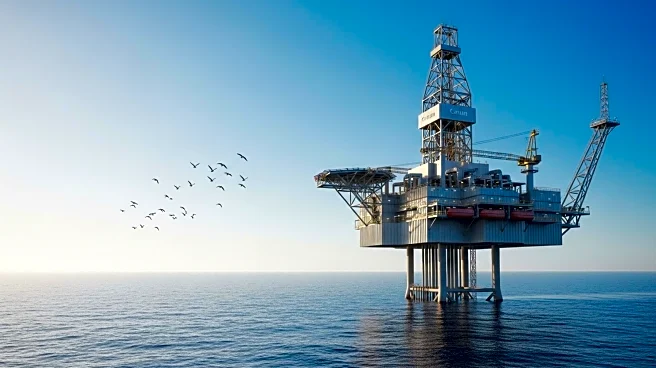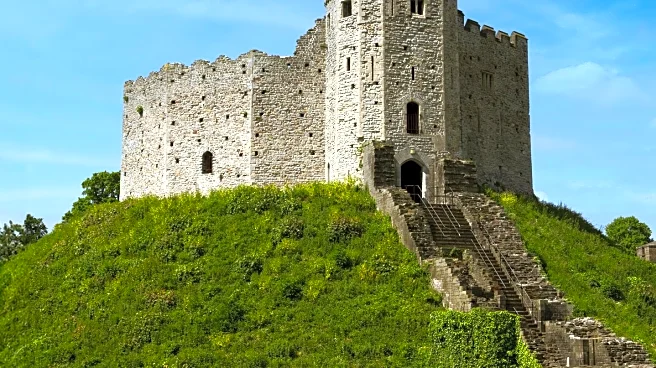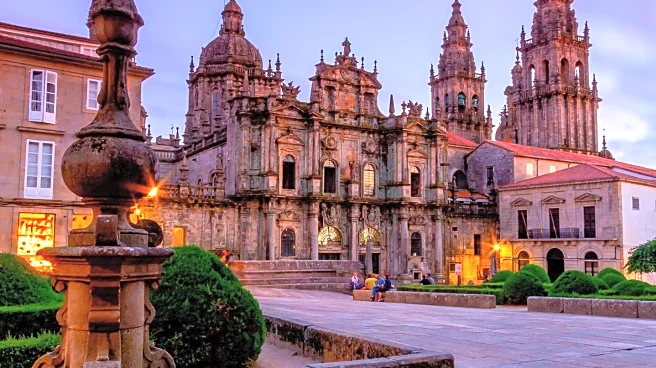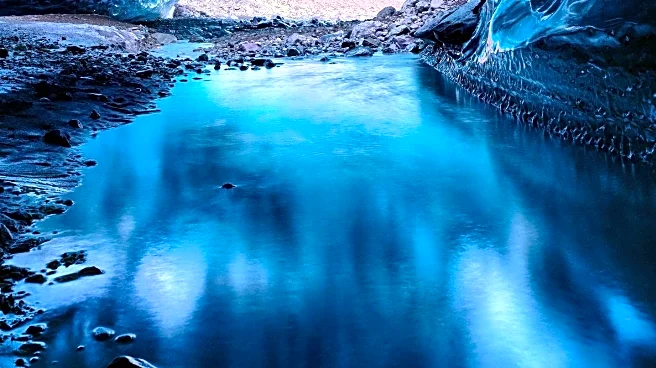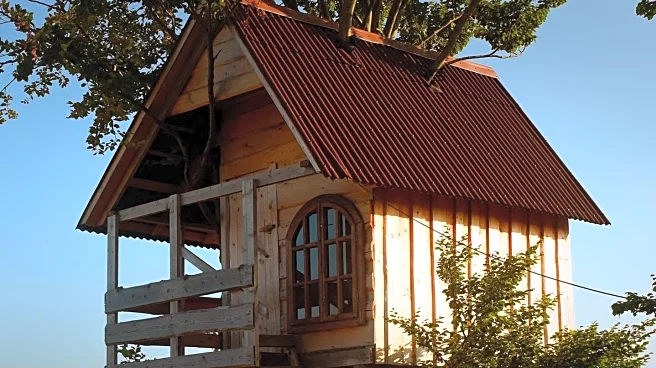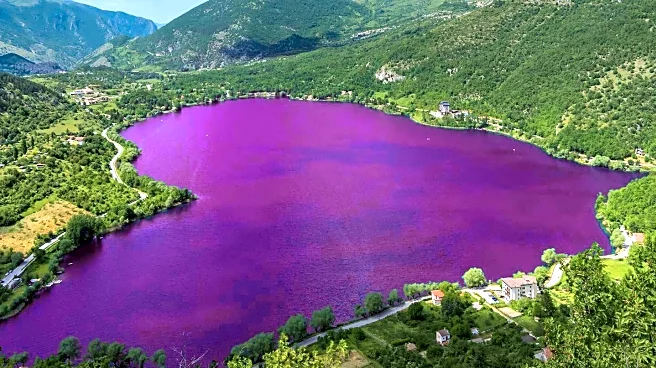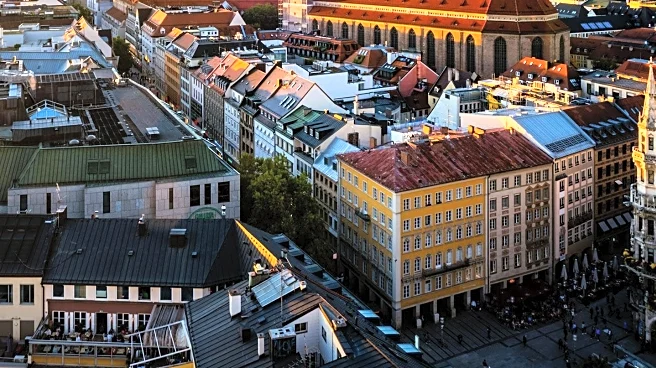What's Happening?
The Faroe Islands have launched a new 'self-navigating' car tour initiative aimed at distributing tourists more evenly across the archipelago. This program allows travelers to embark on spontaneous itineraries curated via Google Maps, taking them to less-visited locales across the islands. The initiative is part of the government's efforts to prevent overtourism, which has been a growing concern as the number of tourists has surpassed the local population. The tours are designed to surprise travelers with unique routes, ensuring that even if two people start from the same location, they will experience different journeys. This approach is intended to enhance the visitor experience while protecting the islands' natural and cultural heritage.
Why It's Important?
The introduction of self-navigating tours in the Faroe Islands is significant as it addresses the challenges of overtourism, a common issue in popular travel destinations. By spreading tourists across various locations, the initiative helps preserve the islands' environment and cultural sites, which are at risk of degradation due to high visitor numbers. This strategy not only benefits the local community by reducing the pressure on specific areas but also enhances the tourist experience by offering unique and less crowded destinations. The program reflects a growing trend in the travel industry towards sustainable tourism practices, which prioritize environmental conservation and cultural preservation.
What's Next?
As the program gains traction, it is likely that other destinations facing similar overtourism challenges may adopt similar strategies. The success of the Faroe Islands' initiative could serve as a model for sustainable tourism, encouraging other regions to implement innovative solutions to manage tourist flows. Additionally, the government may continue to develop and refine the program, potentially expanding the number of routes and integrating more advanced technology to enhance the self-navigating experience. Stakeholders, including local businesses and the tourism board, will likely monitor the program's impact on both the environment and the economy.


